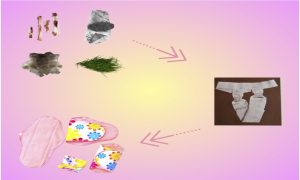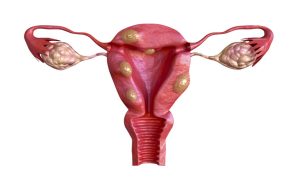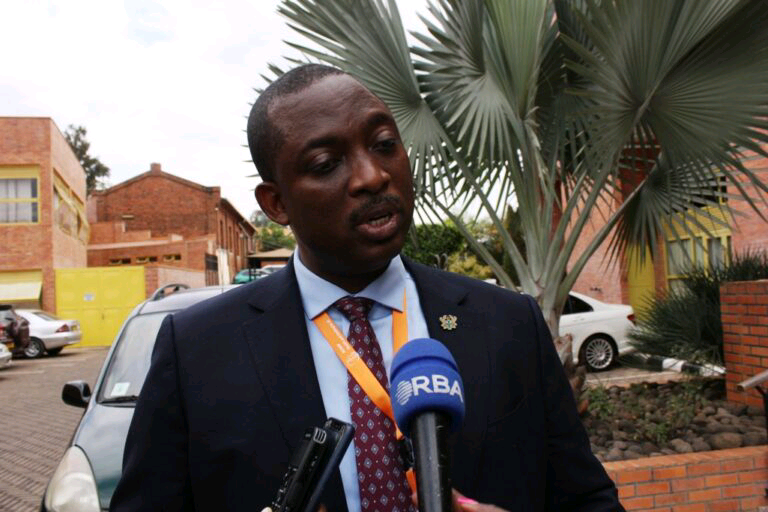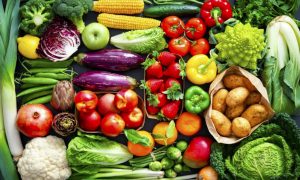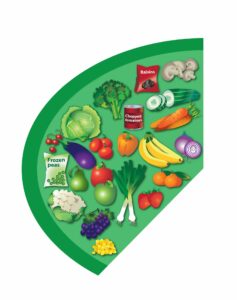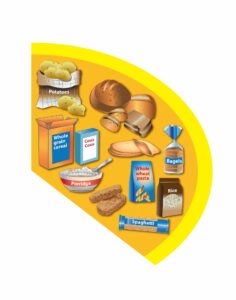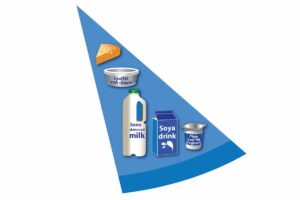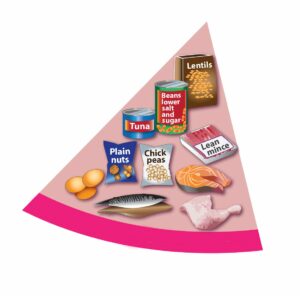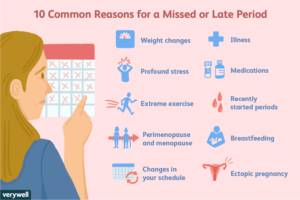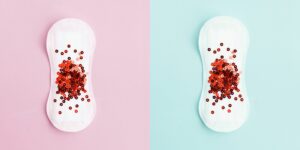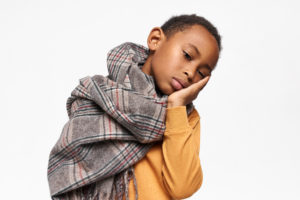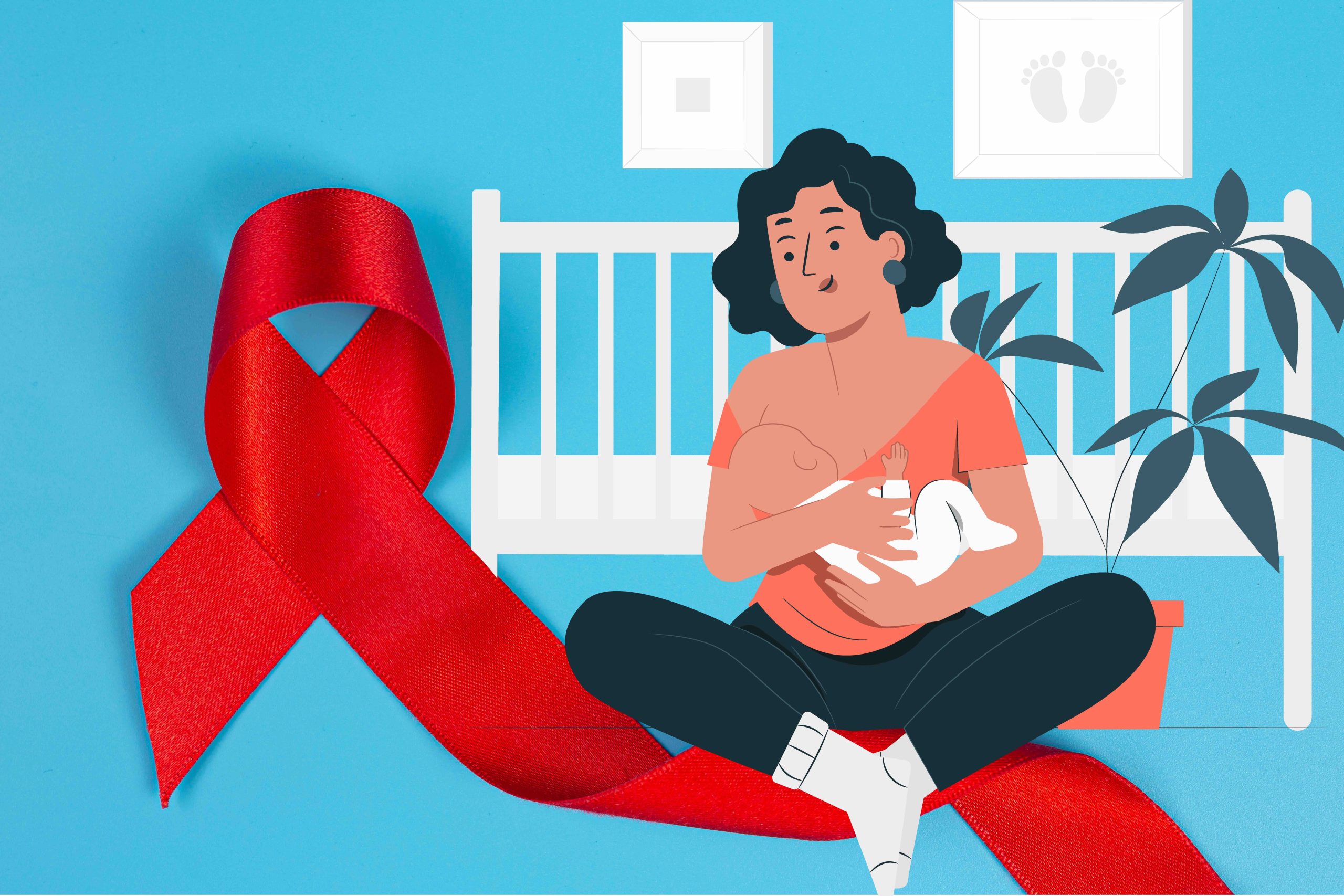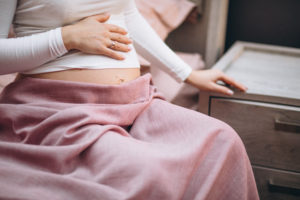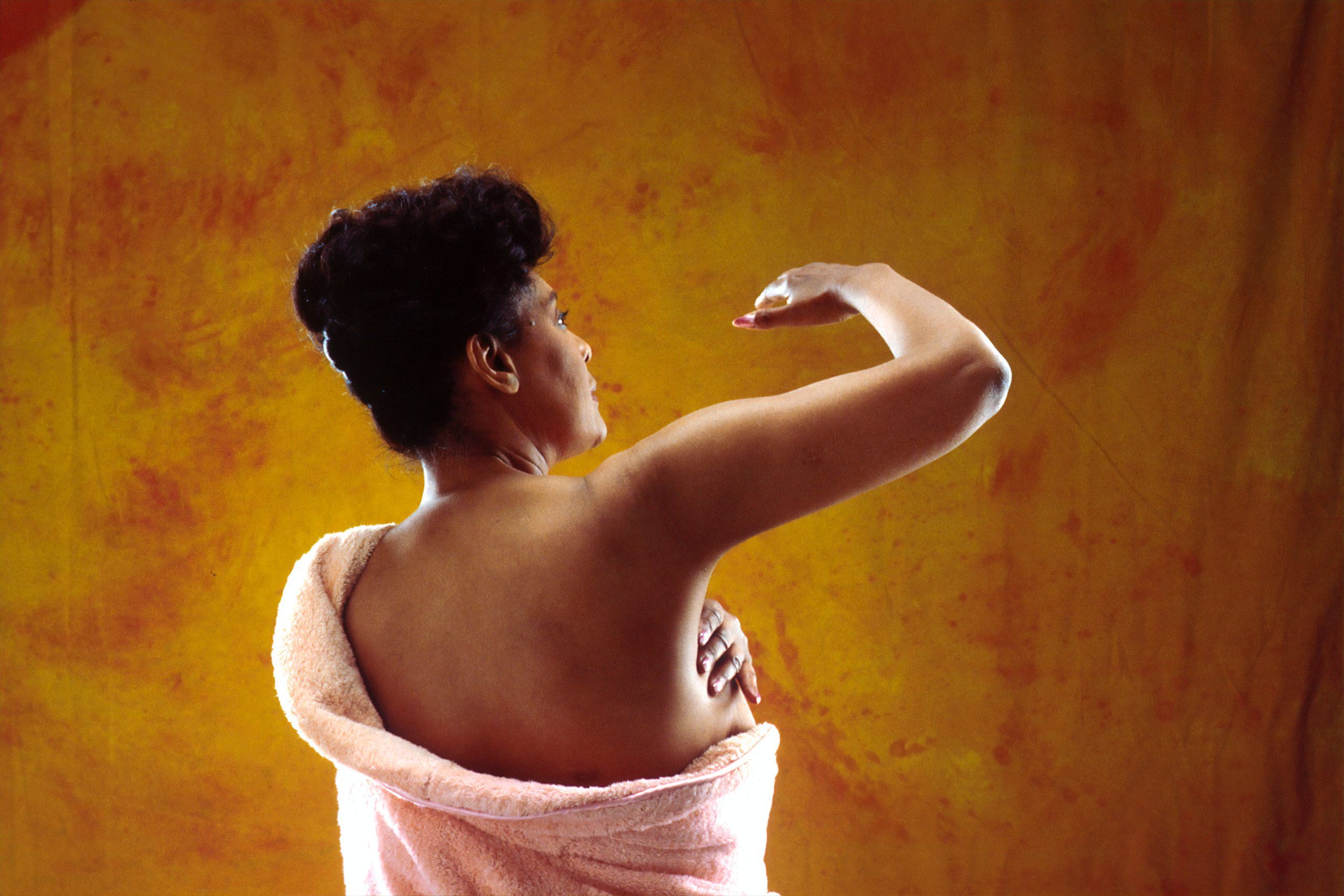The Evolution of Menstrual Pads
As we observe Sexual and Reproductive Health Awareness throughout February, it is crucial to shine a light on menstrual hygiene, an integral aspect of women’s health.
The evolution of menstrual pads over the years has been a fascinating journey filled with challenges vis-à-vis stigma and stereotypes surrounding the topic, and a push for innovation and sustainability.
This article looks at some intriguing facts surrounding the history and advancements in menstrual pad technology.
Before the advent of disposable pads, women resorted to using an array of materials like rags, cotton, sheep’s wool, and even grass to manage menstrual flow.
The first sanitary pad, Lister’s Towels, was introduced in 1896. However, societal taboos surrounding menstruation hindered its success, as many women felt embarrassed to openly seek and use the products.
During World War 1, French nurses ingeniously utilized wood pulp bandages as makeshift sanitary pads. This marked a pivotal moment, laying the foundation for modern disposable pads widely used today.
Ever since the evolution of pad design from belted napkins to adhesive strips and ‘wings’ has revolutionized comfort and convenience for women worldwide.
Despite the convenience brought by disposable pads, their environmental impact cannot be overlooked. Traditional pads contribute to non-biodegradable waste. In response to this concern, reusable cloth pads are a better alternative, which has gained traction for their eco-friendliness and long-term cost-effectiveness.
Furthermore, access to menstrual hygiene products remains a pressing issue globally, particularly in developing nations. Factors such as lack of awareness, affordability, and inadequate sanitation facilities pose challenges for women and girls.
For instance; in Rwanda, over 18% of women and girls still struggle to afford menstrual pads, while 15% of girls attribute missing school to their period, and 23% of women and girls report missing participation in economic activities, (WEEAT and WaterAid, 2022), resulting in a potential loss of $215 per woman annually.
Initiatives, such as Kosmotive promoting menstrual health education and improving access to sanitary products, must reinforce efforts to bridge these gaps and ensure menstrual hygiene for all.
Proper hygienic product use
Dr. Jeanne D’Arc Uwineza, an obstetric gynecologist, emphasized the potential risks associated with prolonged pad usage.
“Skin reactions, pad rashes, and vulva irritation can result from friction, excessive moisture, or underlying infections,” she said, advising that to mitigate these issues, one should opte for alternative sanitary products like reusable pads such as Kosmopads may be beneficial.
Kosmopads are reusable cloth pads tailored for menstrual hygiene management. They are composed of three layers, including fleece, zorb fabric/microfiber for absorption, and polyurethane laminate.
Kosmopads offer a breathable, non-toxic, and cost-effective solution. With proper care and maintenance – washing with mild soap, air-drying, and ensuring complete dryness before reuse.
Kosmopads can last up to two years, offering superior absorbency and economic value.


